Roy Sievers
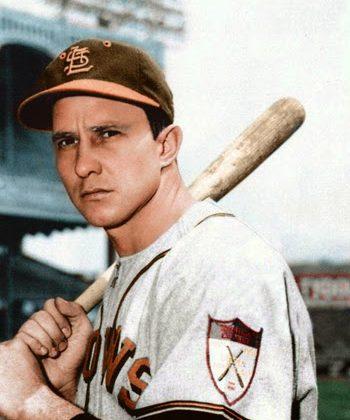
| Birthdate | 11/18/1926 |
| Death Date | 4/3/2017 |
| Debut Year | 1949 |
| Year of Induction | |
| Teams | Browns, Senators, White Sox |
| Positions | First Base, Left Field |
The first American League Rookie of the Year, Roy Sievers was a five-time All Star who led the junior circuit in homers, RBI and total bases in 1957.
Leave a commentIn the collection:
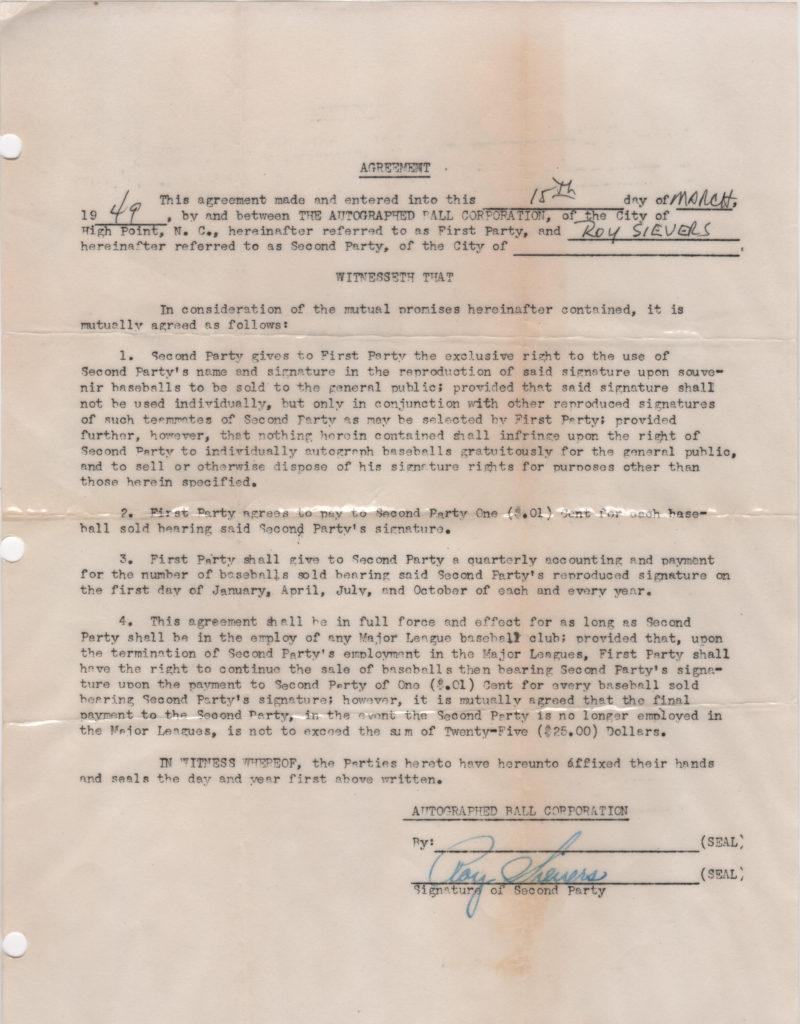
Contract for autographed souvenir baseball signed by Roy Sievers a month before his MLB debut

Roy Sievers writes about the autoball contract and winning the Rookie of the Year
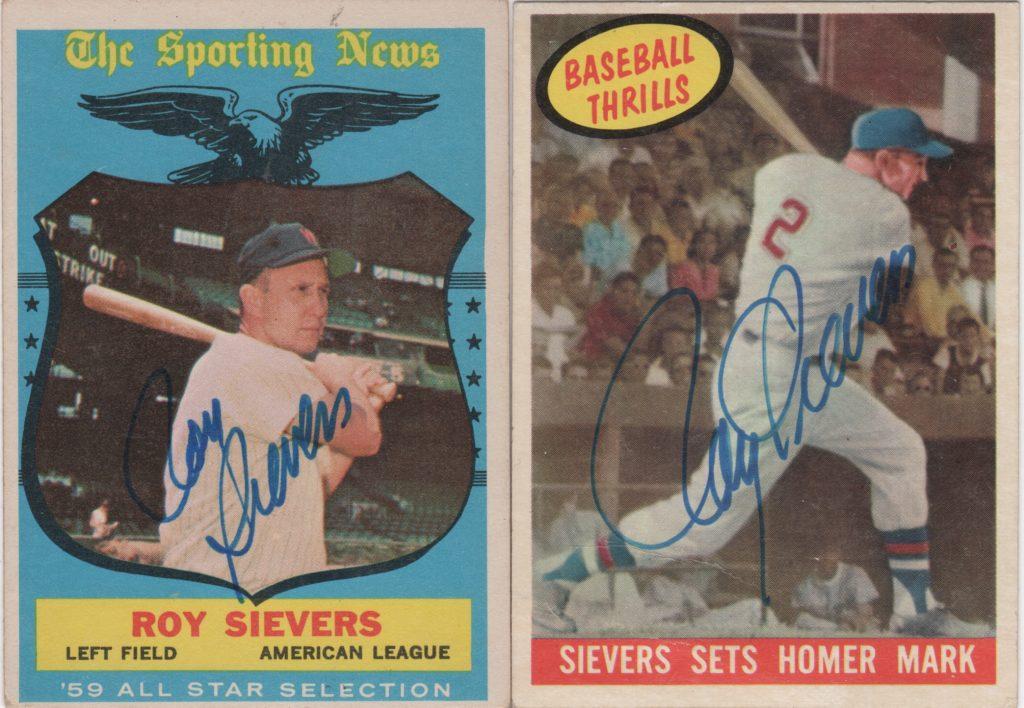
Two memorable Topps cards from 1959 autographed by Roy Sievers
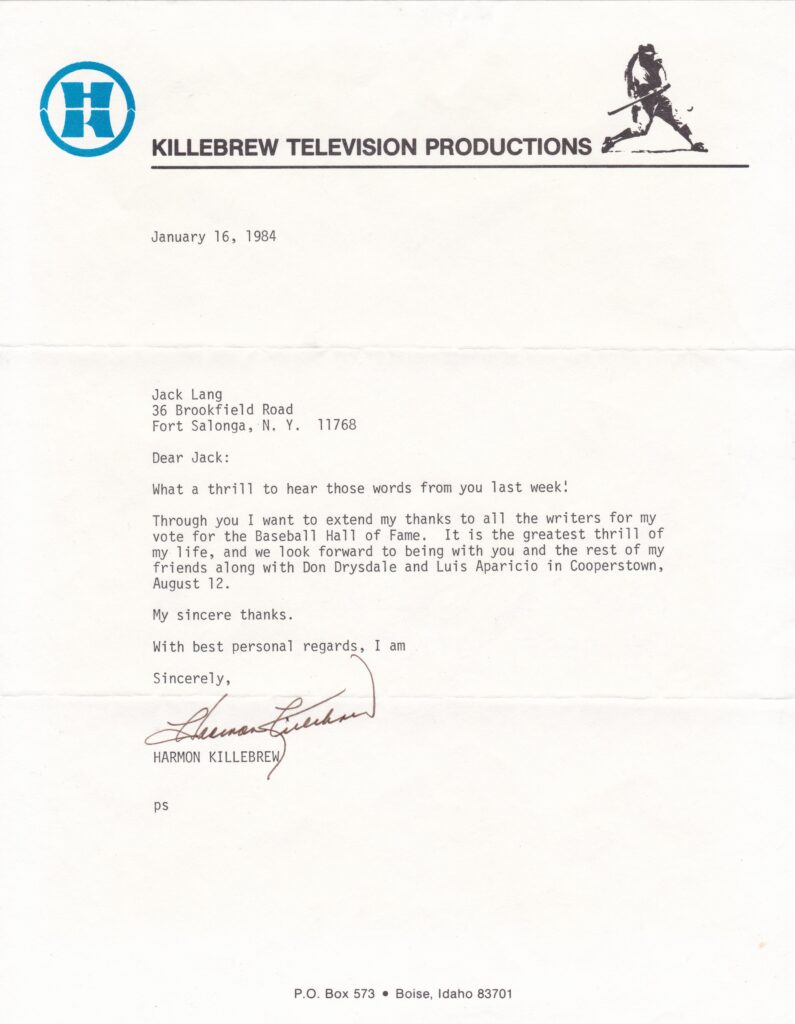
Roy Sievers' 180 home runs for the Washington Senators are the most in the their 60-year history
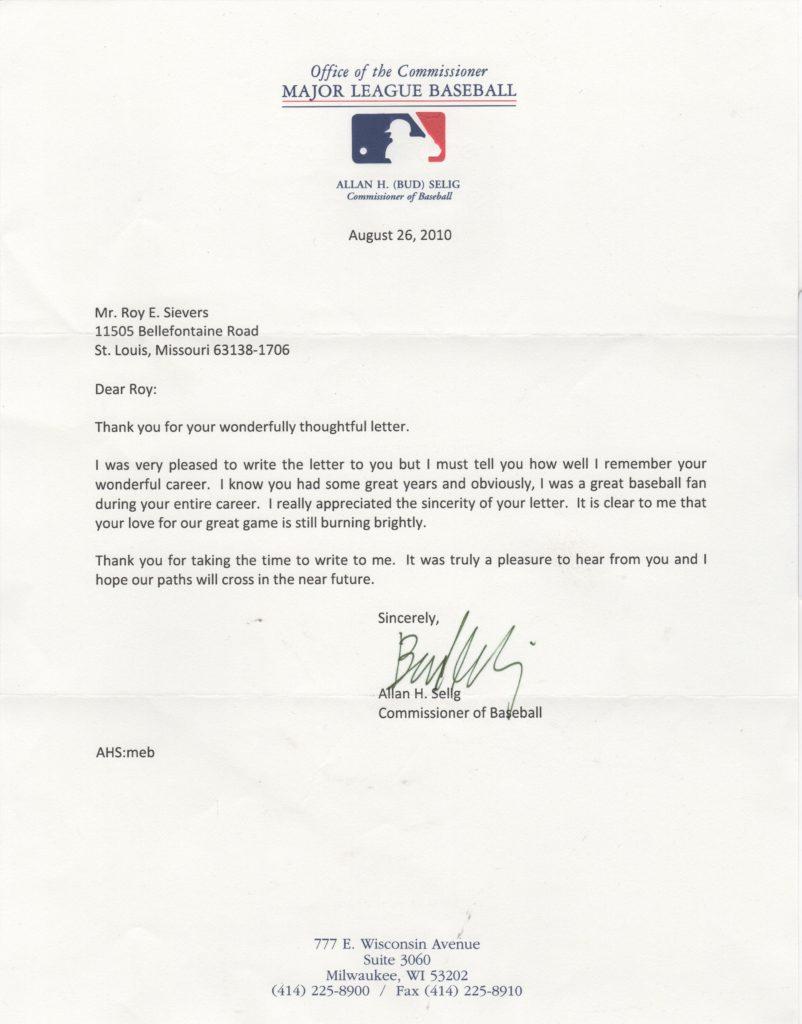
Two days after Bud Selig's statue outside of Miller Park was unveiled, he wrote to Sievers
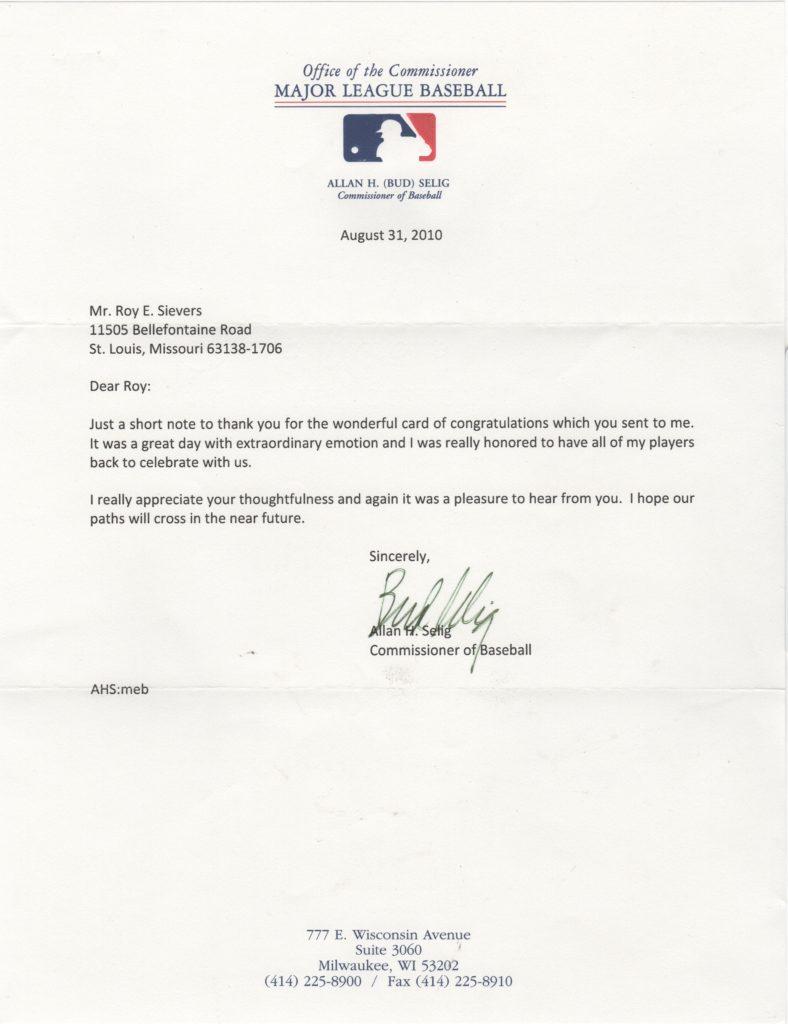
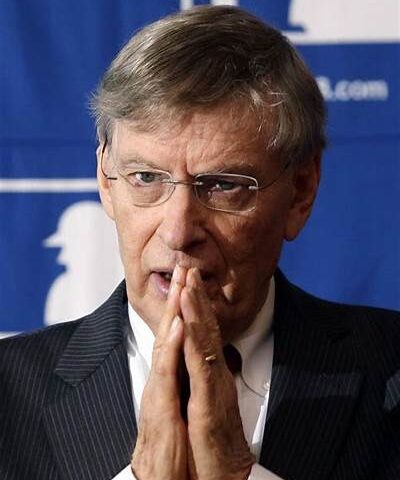
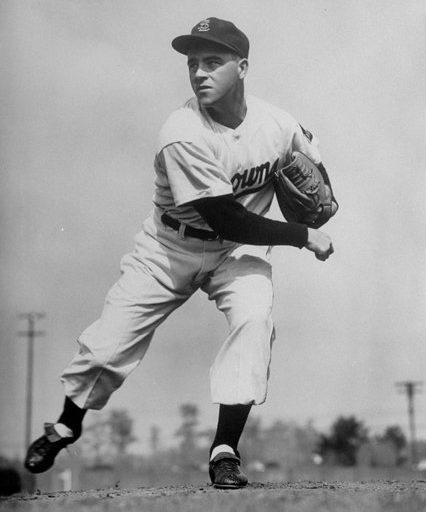
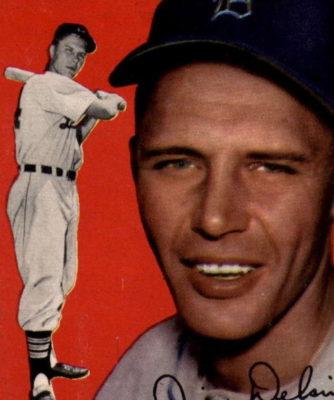
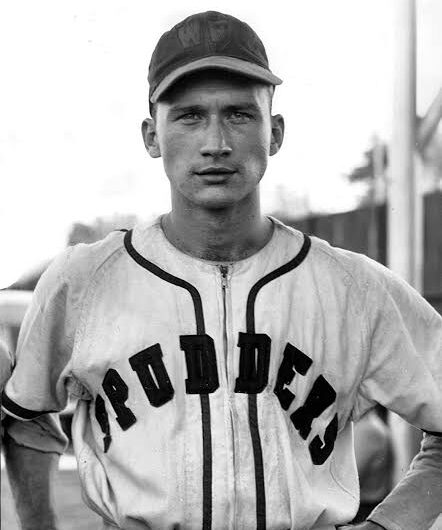
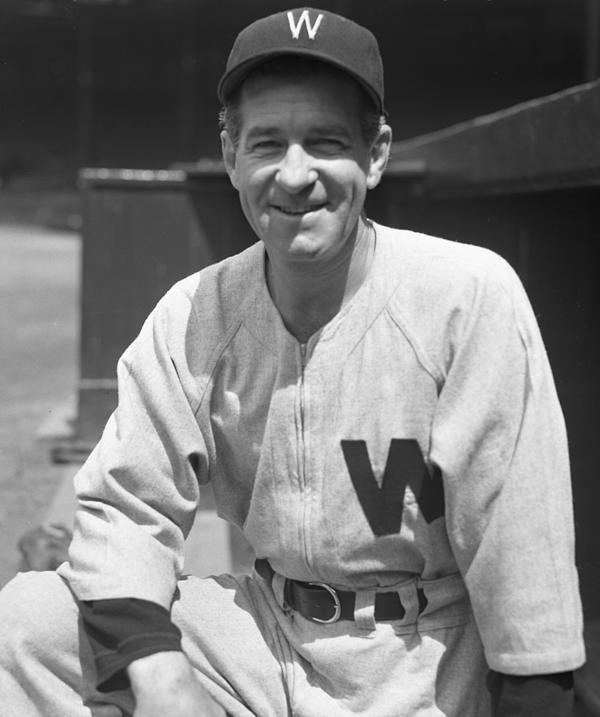
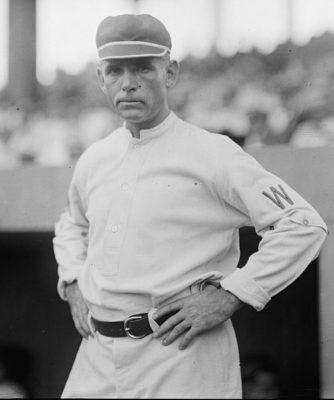
Thanks for publishing that letter. Sievers’ nickname was “squirrel.” A squirrel was a player who did strange things. I’m not aware of Sievers ever doing anything flakey, so maybe I’m missing something.
Roy got the nickname in High School. He was always practicing in the batting cage. Batting cage, squirrel cage, as the boys referred to it at that time. He became known as The Squirrel. In retirement, Roy would play Indian ball with his brother and son at Moline School in St. Louis. Also playing with Roy was my father and other men who had played ball with or against him during his high school days. I never missed a Saturday as a kid.